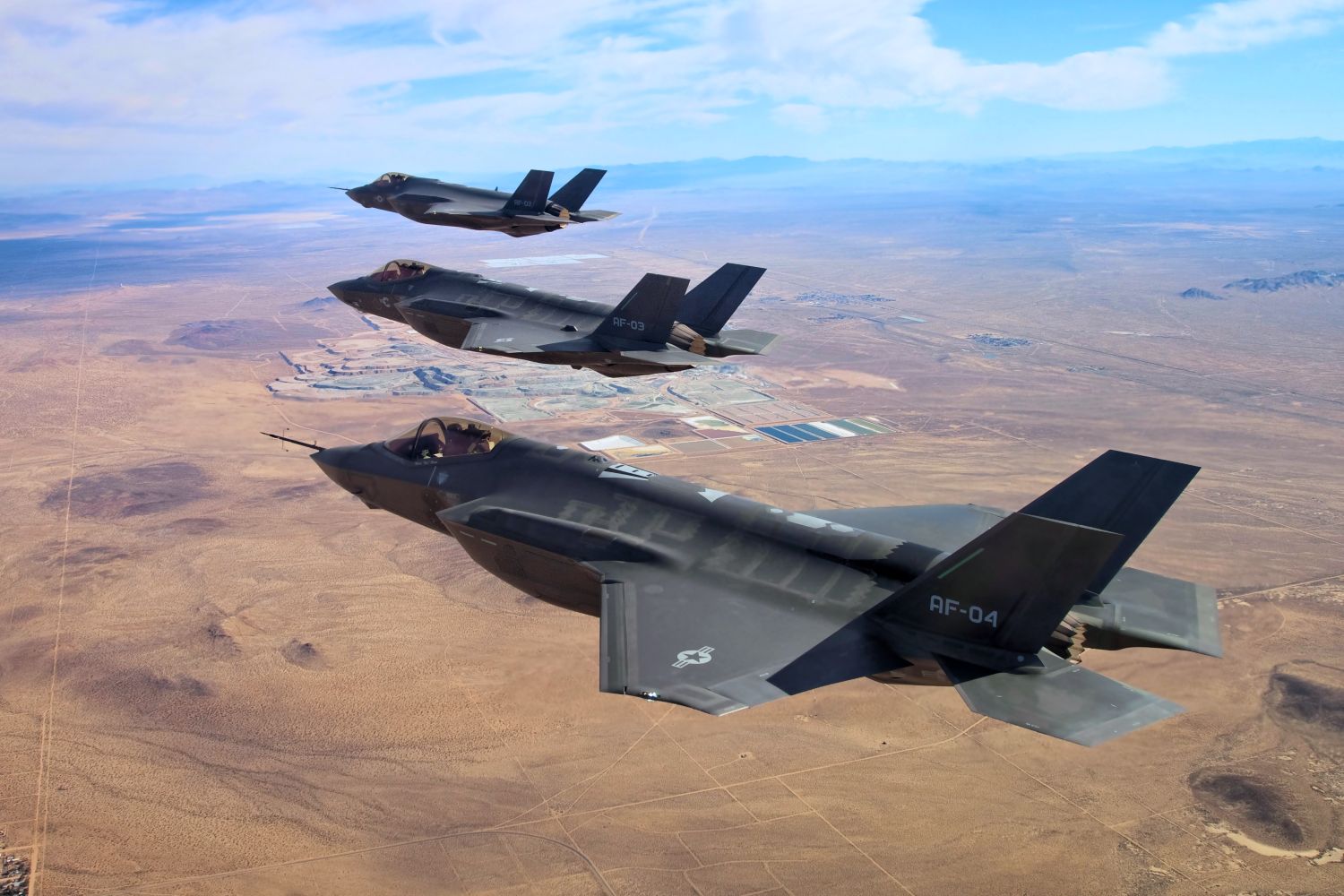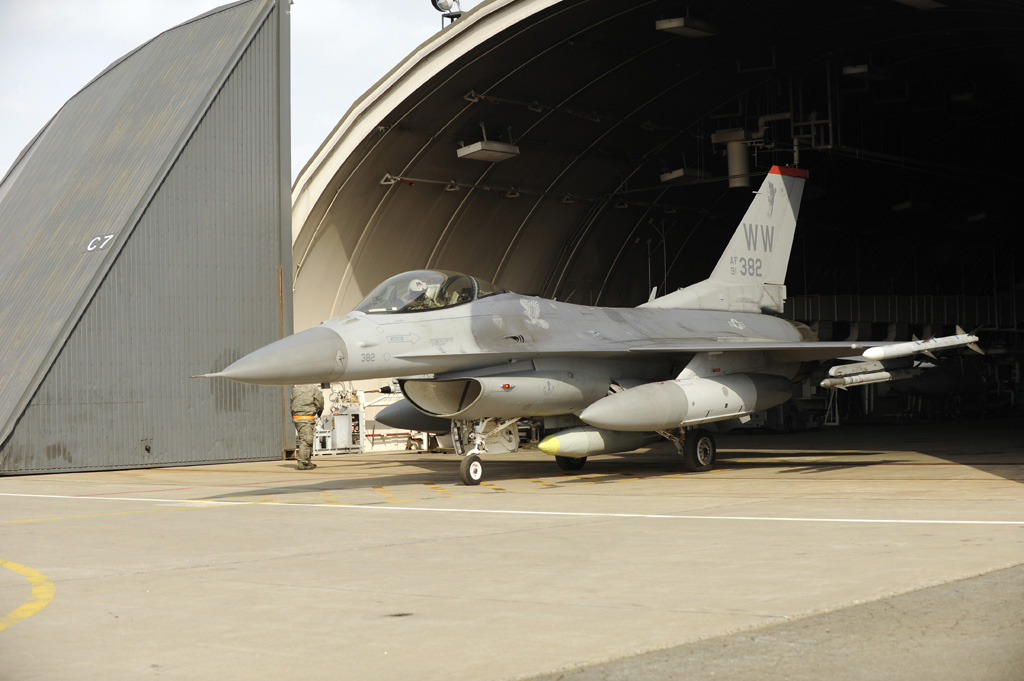US lawmakers have raised serious alarms regarding the vulnerability of US military bases in the Indo-Pacific region. The lawmakers, citing recent war games analysis, stated that the United States faces the harrowing prospect of losing a staggering 90% of its aircraft on the ground, as opposed to in aerial engagements, in a potential conflict with China.
This risk is attributed mainly to inadequate hardened aircraft shelters and insufficient base protection measures.
The dire warning was articulated in a letter dated May 8, addressed to the secretaries of the Air Force and Navy, where Republican lawmakers noted the critical need for immediate action to address the glaring deficiencies in base security.
The lawmakers cautioned that China possesses sufficient weaponry to overpower the air and missile defenses safeguarding US bases. They warned that potential strikes on these bases could have dire consequences, including the immobilization of critical air assets, disruption of logistical chains, and a substantial weakening of the nation’s capacity to respond in a conflict situation.
The lawmakers pointed out, “Many US bases in the Indo-Pacific remain unprotected by any hardened structures, and aircraft are often kept close to each other to facilitate maintenance and other supporting tasks. The result is that critical US air assets are highly vulnerable to Chinese strikes.”
They further added, “Unsurprisingly, in recent war games simulating a conflict with China over Taiwan, 90 percent of US aircraft losses occurred on the ground, rather than from air combat.”

Among the 11 signatories of the letter are prominent figures such as Rep. John Moolenaar of Michigan, who serves as the chairman of the House Select Committee on the Chinese Communist Party, and Sen. Marco Rubio of Florida.
Active defenses, such as air and missile defense systems, are vital base and force protection components. However, due to their high cost and limited availability, deploying a sufficient number to shield them fully poses a challenge.
To bolster defenses comprehensively, lawmakers emphasized the need to invest in “passive defenses.” These passive measures include hardened aircraft shelters, underground bunkers, strategic dispersal of forces within and across bases, redundant logistical facilities, and rapid runway repair capabilities.
The Republicans further explained that the United States could minimize the impact of Chinese missile attacks by enhancing its base infrastructure with robust passive defenses. This approach would increase US forces’ resilience, enabling them to withstand strikes, recover swiftly, and sustain operations effectively.
Can Hardened Shelters Ensure Total Protection?
In recent years, reports have mentioned that many US and allied bases in the region are ill-prepared to withstand the onslaught of Chinese ballistic missiles since they lack the necessary defenses to mitigate the threat effectively.
Forward-deployed munitions and supplies have not been configured to wartime requirements as America’s logistics capability has seen a steep decline, exacerbating concerns over the region’s combat readiness.
Of particular concern is the dearth of infrastructure capable of withstanding a barrage of Chinese missiles, with few options beyond deeply buried bunkers.
Despite the grave threat posed to US bases, it is China, not the United States, that has made significant investments in hardened aircraft shelters. Over the last decade, China has constructed more than 400 such shelters, while the US has added a mere 22, primarily in Japan and South Korea.
The absence of hardened shelters in critical locations such as the Northern Mariana Islands and Guam, pivotal hubs of American power projection in the Indo-Pacific, is particularly alarming.
The hardened shelters do not guarantee complete protection. However, they offer significantly more resilience against submunitions than expedient alternatives, potentially increasing the survivability of vital air assets.
American Lawmakers have also expressed deep concern about the limited investment in base resilience within the Defense Department.
Despite the urgent need to bolster defenses and infrastructure in the Indo-Pacific, military construction projects have seen minimal allocation of resources, with just 2 percent of the current construction budget earmarked for base resilience projects in the region.

The consequences of underinvestment could put the US in dire straits. In the event of attacks on bases, the ability to deter China and respond effectively, particularly in strategic flashpoints like the Taiwan Strait, could be severely compromised.
Lawmakers further highlighted the urgent need for action, warning that failure to address these vulnerabilities now could have far-reaching implications for America’s security and strategic interests in the region.
The lawmakers have proposed several key recommendations, including injecting funds into domestic shipbuilding, revitalizing the US Coast Guard and other agencies, and bolstering naval forces to ensure the freedom of the seas.
- Contact the author at ashishmichel(at)gmail.com
- Follow EurAsian Times on Google News




